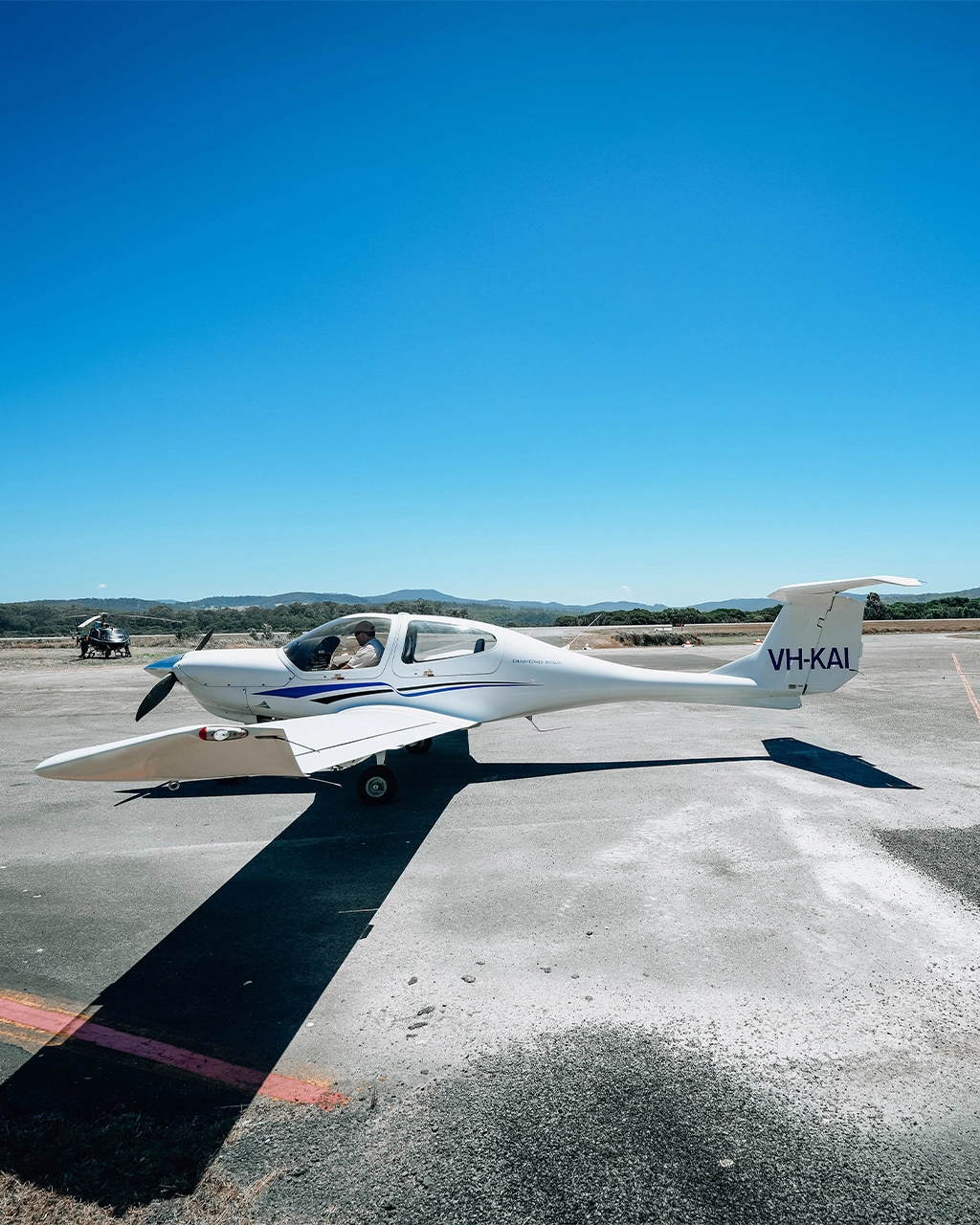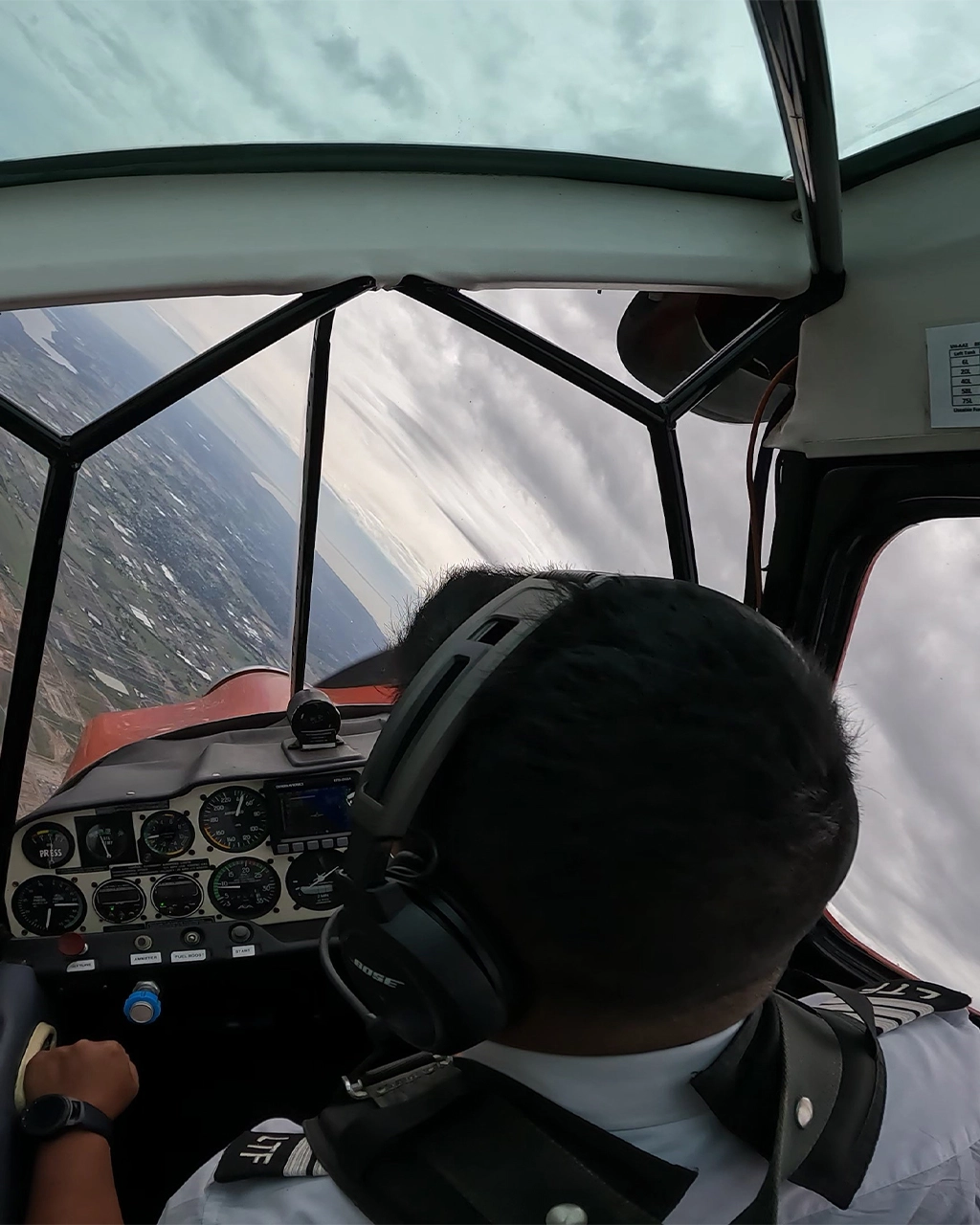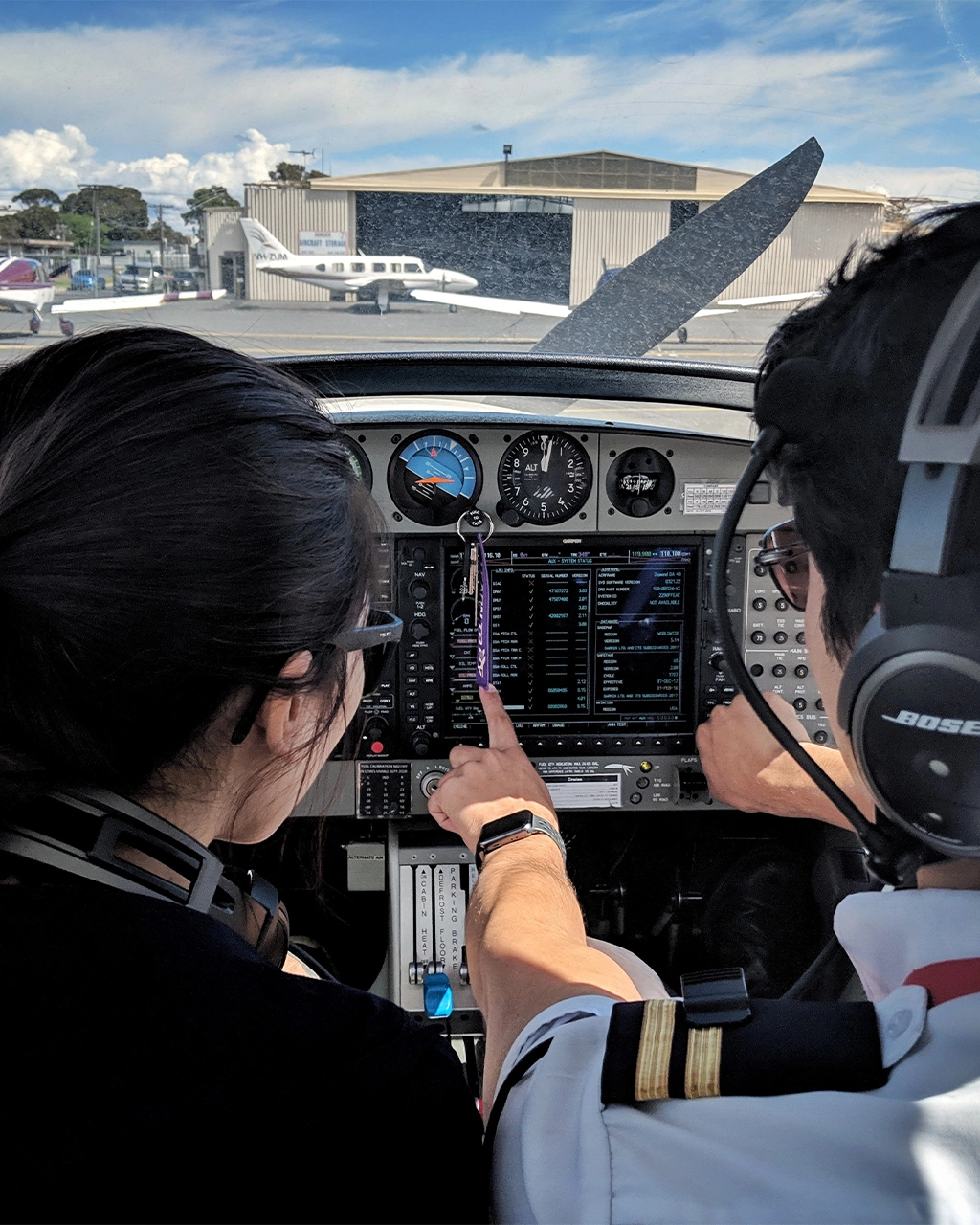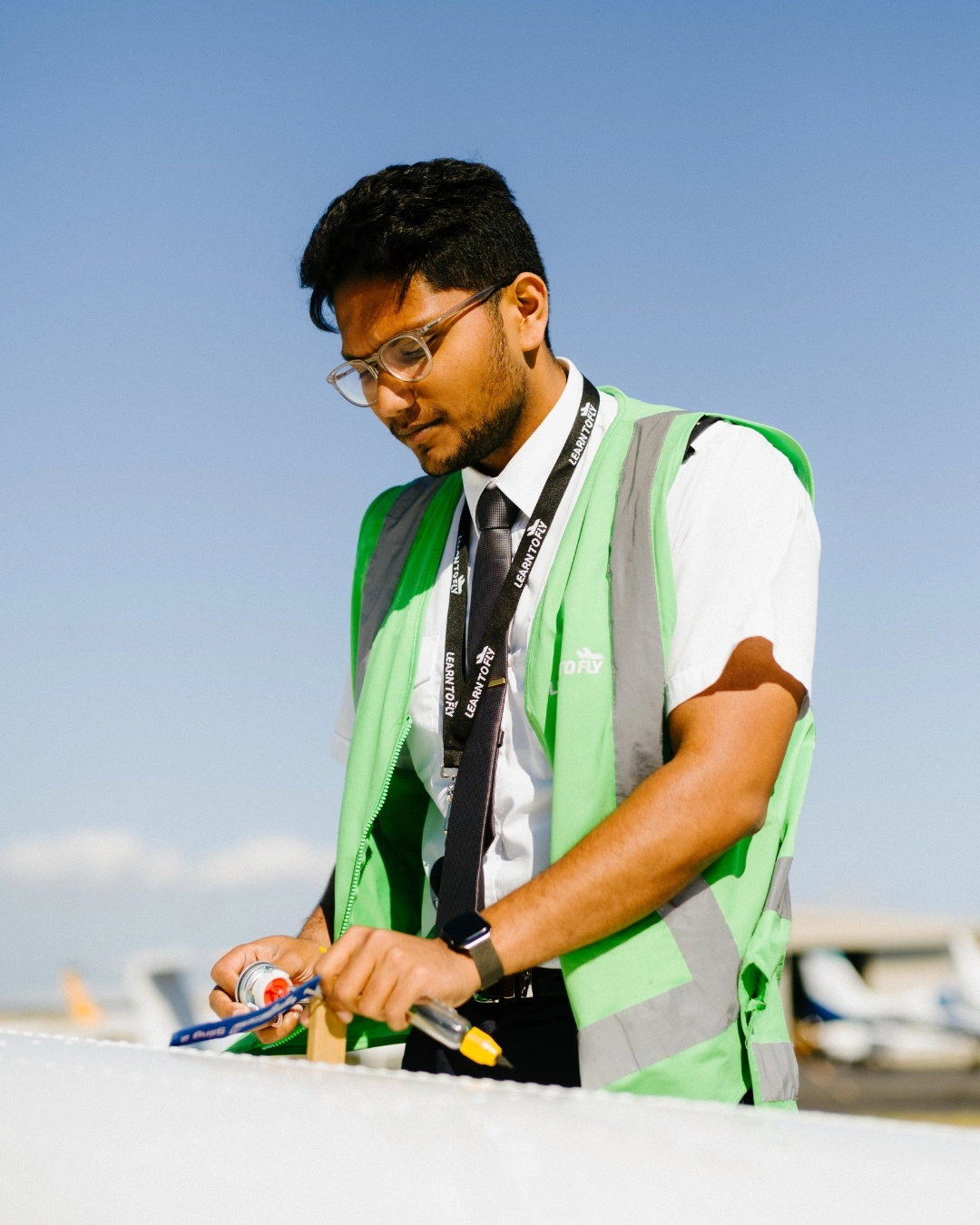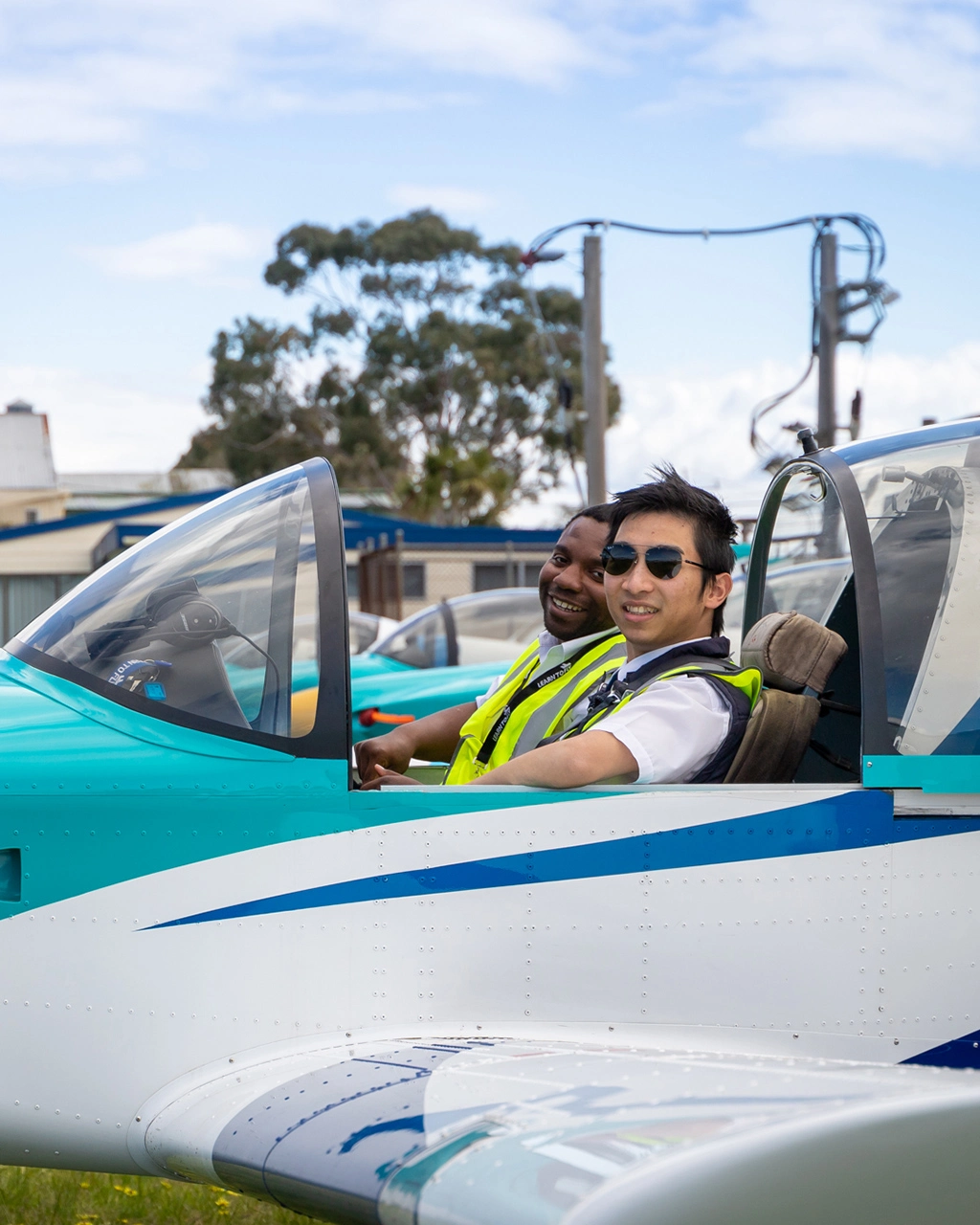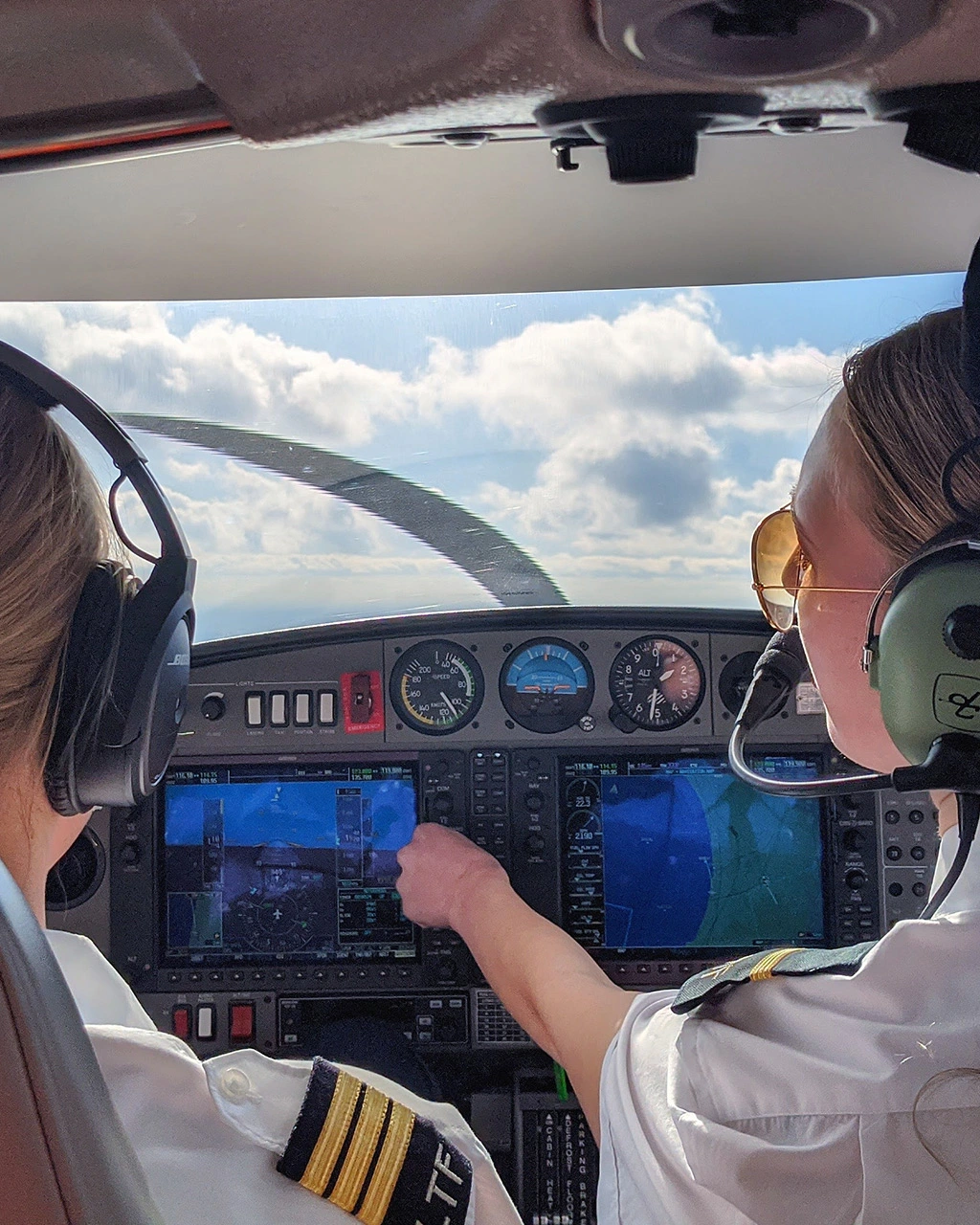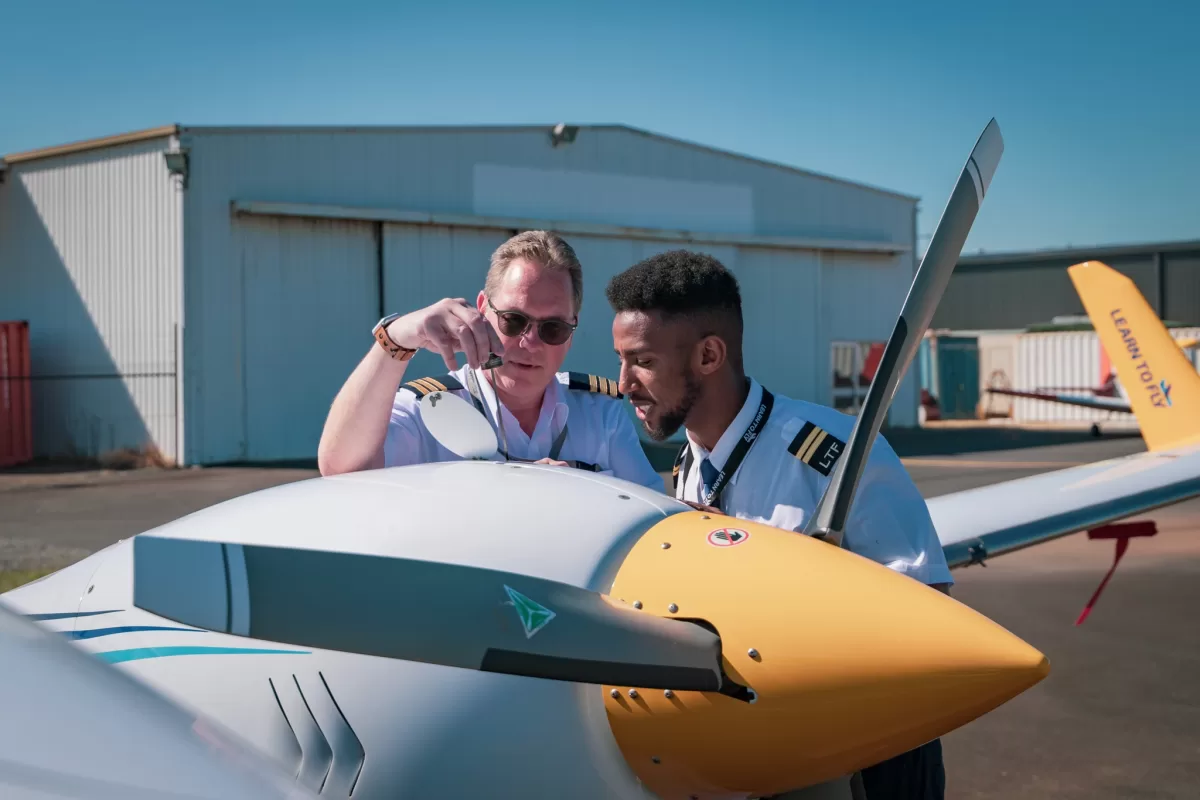Pre-flight inspections are a fundamental aspect of aviation safety, ensuring that an aircraft is airworthy before every flight. These checks help identify mechanical issues, structural concerns, and fuel or fluid discrepancies that could lead to serious in-flight complications. Whether a pilot is undergoing training for a diploma of aviation in Melbourne or already holds a commercial pilot licence in Australia, mastering pre-flight inspections is an essential skill.
Despite their importance, many student pilots make critical mistakes during pre-flight checks. These errors often stem from complacency, lack of experience, or time pressure.
Common Errors in Pre-Flight Inspections
1. Skipping or Rushing Through Checklist Items
One of the most frequent mistakes student pilots make is rushing through their pre-flight inspection or skipping checklist items. Pilots may assume that an aircraft that performed well on a previous flight will still be in optimal condition, leading to overlooked issues such as fuel contamination, tire wear, or loose control surfaces. Failing to follow a structured checklist increases the risk of missing critical components that ensure a safe flight.
2. Inadequate Fuel and Oil Checks
Fuel-related issues are a leading cause of engine failures. A common oversight is neglecting to inspect fuel quantity, quality, and contamination. Water in the fuel system, which can accumulate due to condensation or improper refueling, may lead to engine sputtering or failure. Similarly, failing to check oil levels and quality can result in poor engine performance or damage.
3. Improper Landing Gear and Tire Inspection
Another common error involves neglecting to examine landing gear and tires for wear, low pressure, or structural damage. Pilots who fail to inspect for bald spots, sidewall cracks, or uneven wear risk encountering tire failures during takeoff or landing.
4. Overlooking Control Surface Functionality
Control surfaces, including ailerons, elevators, and rudders, must be checked for proper movement and responsiveness. Pilots sometimes assume these components are functioning correctly without physically verifying their movement. Stiffness, excessive play, or foreign object obstruction can lead to in-flight control issues.
5. Ignoring Environmental Factors
Environmental conditions, such as wind, temperature, and runway surface conditions, can impact aircraft performance. Pilots sometimes neglect to assess these factors during pre-flight inspections, which can lead to challenges during takeoff, landing, and taxiing.
Best Practices for Thorough Pre-Flight Inspections
1. Use a Standardised Checklist Every Time
Regardless of experience level, pilots should always follow a manufacturer-approved checklist. This structured approach ensures that no critical steps are missed. The checklist should cover:
- Exterior walk-around inspection (fuselage, wings, landing gear)
- Cockpit and avionics setup
- Fuel and fluid checks
- Control surface functionality
2. Conduct a Methodical Exterior Inspection
A thorough walk-around should include checking the airframe, wings, and tail surfaces for dents, cracks, or missing rivets. Pilots must also verify that antennas, pitot tubes, and static ports are clear of debris.
3. Verify Fuel and Oil Conditions
Fuel should be checked using the proper fuel sampling procedure, ensuring there is no water, debris, or fuel type contamination. Oil levels should be inspected according to the manufacturer’s recommendations, ensuring the engine has sufficient lubrication.
4. Check Control Surfaces and Landing Gear Carefully
Control surfaces must move smoothly and freely in all directions without unusual resistance. The landing gear, including tires and struts, should be inspected for adequate inflation, leaks, or damage that could compromise safety.
5. Consider Weather and External Conditions
Pilots should assess temperature, humidity, wind direction, and runway conditions before takeoff. Cold temperatures may require longer engine warm-up times, while strong crosswinds could influence taxiing and takeoff procedures.
The Importance of Pre-Flight Inspections in Pilot Training
Pre-flight inspections are not only a regulatory requirement but also an essential component of safe flying. During trial introductory flights in Melbourne, student pilots are introduced to these procedures as a foundational skill. Developing a habit of thorough, unhurried inspections helps pilots build confidence and enhances their ability to detect potential issues before they escalate.
For pilots pursuing a diploma of aviation in Melbourne, rigorous pre-flight procedures are integrated into training programs to ensure that safety is second nature. The discipline developed in early training extends into a professional pilot’s career, where thorough inspections become an ingrained habit.
Pre-flight inspections are a non-negotiable aspect of aviation safety. By avoiding common errors such as skipping checklist items, neglecting fuel checks, and overlooking environmental factors, pilots can significantly reduce the risk of mechanical failures. Implementing best practices, including standardised checklists, detailed exterior inspections, and fuel verification, ensures safe and efficient flight operations.
Whether undertaking a trial introductory flight in Melbourne or working toward a commercial pilot licence in Australia, pilots must develop a disciplined approach to pre-flight inspections. A methodical, professional attitude toward these procedures lays the foundation for a safe and successful aviation career.









